Apple is working on display technology that could bring a stereoscopic viewing experience to head-worn, mixed-reality devices like "Apple Glass."
The company is rumored to be working on at least two head-worn devices, including an Apple AR headset that could connect to an iPhone and a visor-like device aimed at virtual reality experiences.
In a trio of patent applications published Thursday by the U.S. Patent and Trademark Office, Apple lays out a way to provide stereoscopic, or three-dimensional, content to viewers of a device using displays equipped with lenticular lenses. These lenses could be formed over an array of pixels, such as those on OLED or LCD displays.
As Apple notes, however, "if care is not taken, it may be difficult to provide lenticular displays with desired form factors. Lenticular displays may also be susceptible to crosstalk and other visible artifacts at wide viewing angles."
Although Apple could technically implement lenticular displays on a variety of device types, the patents points out that "it may be desirable for a lenticular display to have convex curvature based on a desired form factor for the electronic device."
To allow for that type of curvature in a display while ensuring a satisfactory display performance, the system could implement both stereoscopic and non-stereoscopic zones. As a measure to prevent display crosstalk, Apple also could include a louver film within the display stack. That film could have a plurality of transparent portions separated by opaque walls.
Each of the three patent applications published Thursday focus on the same lenticular lens technology, but they all have slightly varying claims.
One of the patents titled "Optical Film Arrangements for Electronic Device Displays," for example, notes that the device could have a graphics processing unit that can provide both two-dimensional and three-dimensional content.
Another patent with the same title outlines how control circuitry could change the opacity of certain selectively opaque portions. It also specifies that the lenticular display could be less than 200 millimeters wide and have a radius of curvature less than 300 millimeters.
A third patent focused on pixel arrangements goes into detail about the display structure itself.
The display would comprise "a substrate; a lenticular lens film formed over the substrate, wherein the lenticular lens film comprises a plurality of elongated lenticular lenses that extend parallel to a first axis; and an array of pixels formed on the substrate between the substrate and the lenticular lens film, wherein the array of pixels is arranged in a diagonal pattern along a second axis that is at a non-zero, non-orthogonal angle relative to the first axis."
Both patents focused on optical film arrangements list the same inventors: ByoungSuk Kim, Yi Huang, Jun Qi, Victor H. Yin, Seung Wook Kim, Nicolas V. Scapel, and Yi-Pai Huang. The third patent lists Yi-Pai Huang, Manjap Singh, Cheng-Ho Yu, ByoungSuk Kim, Yi Huang, Hitoshi Yamamoto, Mathew K. Mathai, Chieh-Wei Chen, Ping-Yen Chou, Donghee Nam, Chaohao Wang, and Hao Chen as inventors.
At least two of those inventors have been named in patents related to e-ink Touch Bars and Apple Watch facial recognition bands.
Apple files numerous patent applications on a weekly basis, so patents are a poor indicator of when or if a particular feature or technology will actually make it to market.
 Mike Peterson
Mike Peterson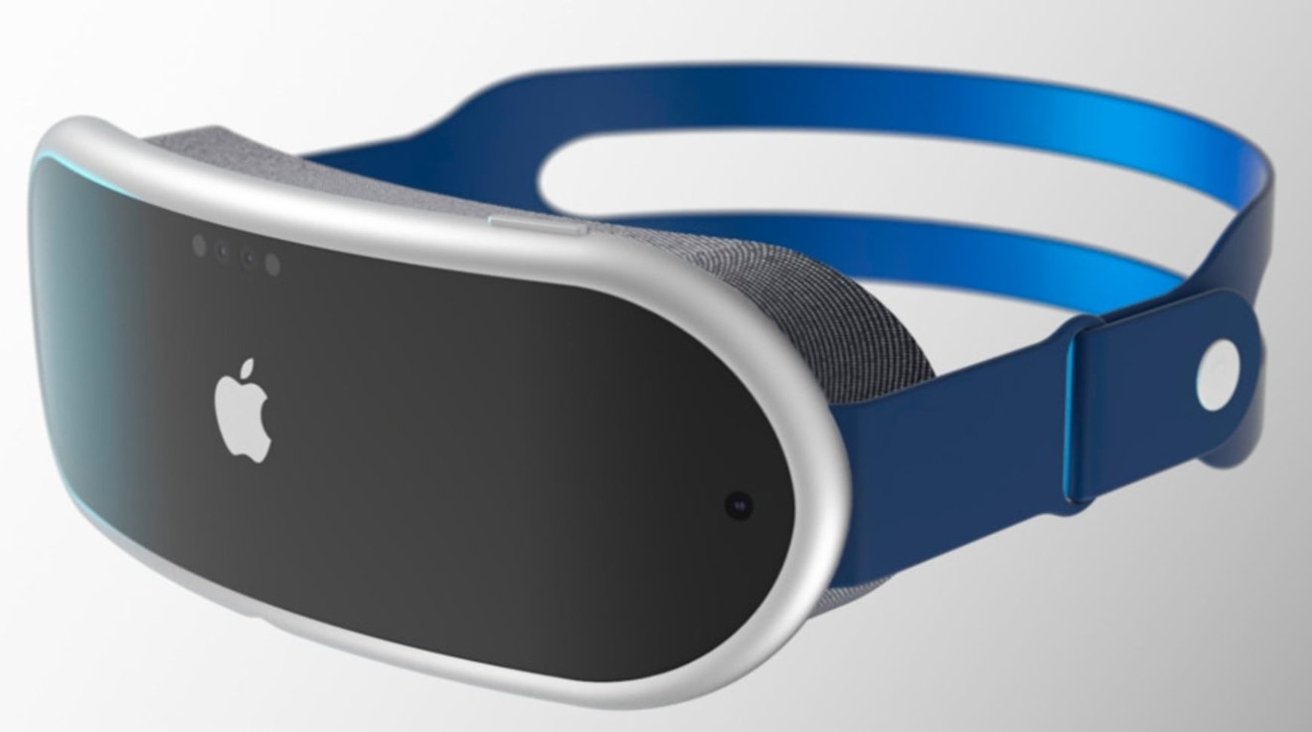
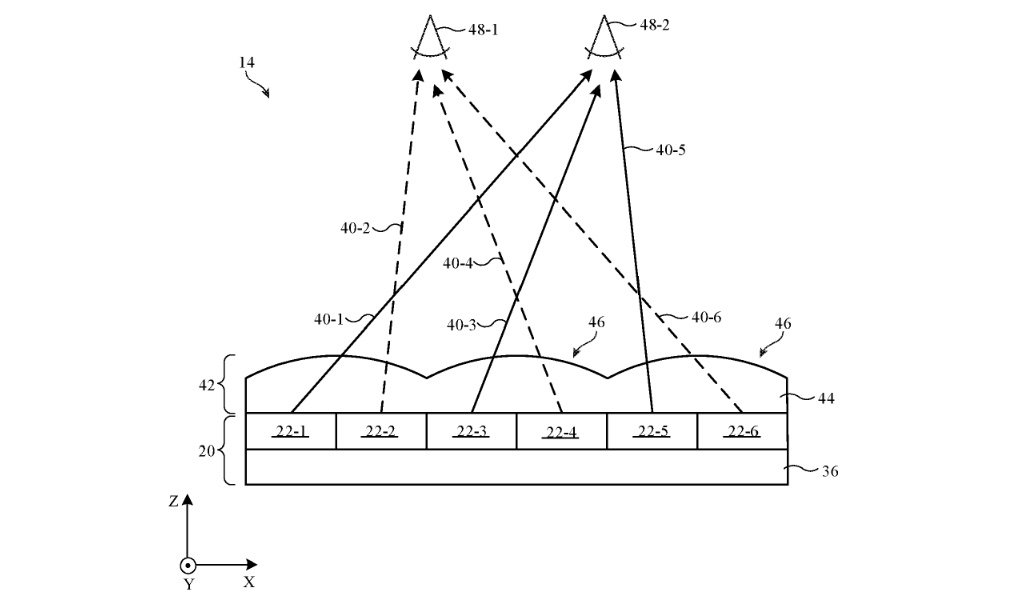
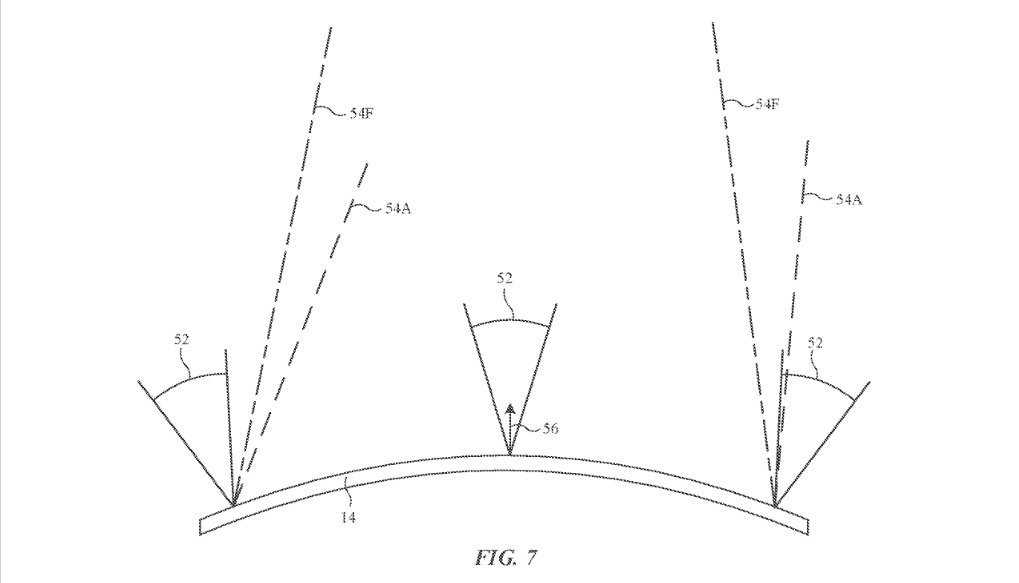


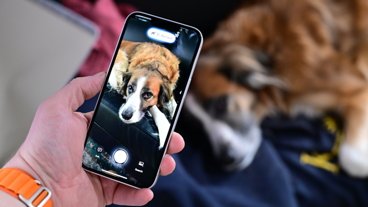
-xl-m.jpg)



-m.jpg)





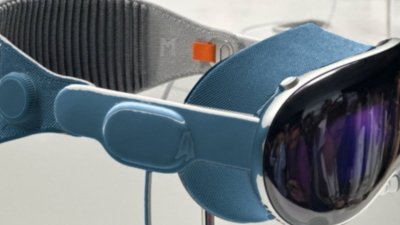
 William Gallagher
William Gallagher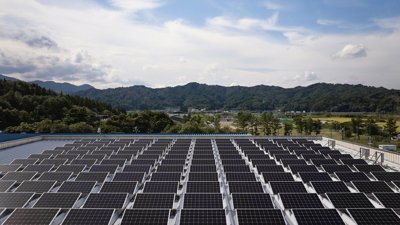
 Amber Neely
Amber Neely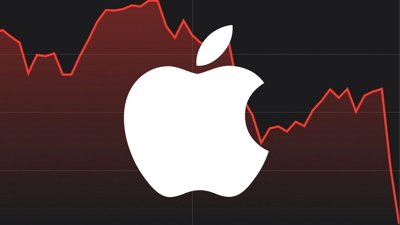
 Malcolm Owen
Malcolm Owen
 Andrew Orr
Andrew Orr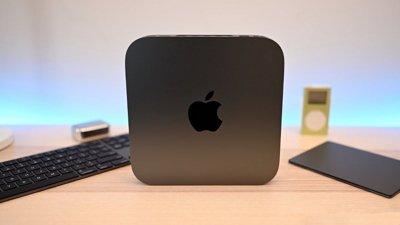


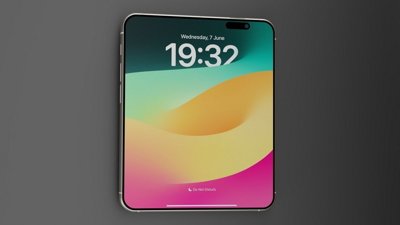
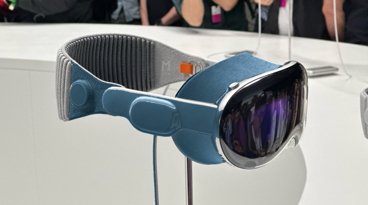
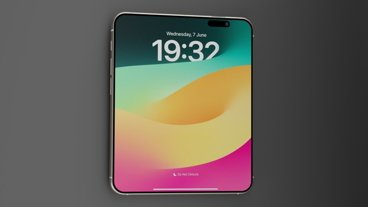
-m.jpg)






2 Comments
For a second there, I thought the article would say that Apple is developing a light field display. That would be truly exciting news. The ability to see crisp 3D images of objects that appear to hover in front or behind the screen would be ground breaking for a consumer device.